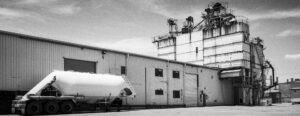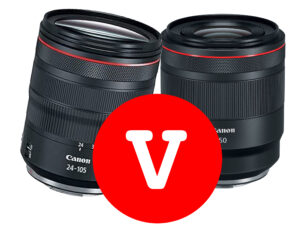In the rapidly evolving world of digital imaging, the transition from Full HD 1080p to 4K and now 8K represents a quantum leap in video resolution. While 4K, with its significantly higher resolution than 1080p, brought about a marked improvement in video clarity and detail, 8K takes this enhancement to the next level. This article delves into the realm of 8K technology, exploring its impact on video cameras, TVs, cinema, and the broader filmmaking industry.
Lets jump right in an have a look at this sample of 8K video footage. In this case from the Sony A1. Crank up the resolution to 8K, play it full screen on a large computer monitor and see for yourself.
The Emergence of Cutting-Edge Video-encoding Technology
Now, a groundbreaking video-encoding technology (a codec), poised to halve data usage, emerges after extensive collaboration among major tech industry players. This advancement heralds a new era for streaming, promising high-quality footage with minimal buffering, even on slower connections. It notably paves the way for 8K content in on-demand services, signifying a monumental shift in video technology and defeating the argument that 8K will need faster internet connections or streaming than 4k or even 1080. If you really want to pixel peep 1080 vs 4K vs 8K and from between different cameras, I recommend DPReviews’s video comparison tool to compare still frames from between different cameras.

8K in Production: A Closer Look
While the human eye might struggle to discern improvements beyond the stunning visuals of a 4K OLED TV, 8K offers a realm of possibilities in video production. This ultra high definition technology, however, faces a familiar cycle in tech advancement: initial high costs and limited practical use, catering primarily to a niche market segment. The evolution from HD to 4K, and now to 8K, is a testament to the relentless pursuit of excellence in video quality.
8K Videos: Bridging the Gap between Reality and High Definition

8K content, while still in its infancy compared to the widespread adoption of 4K, promises an unprecedented leap in video quality. It plays a crucial role in elevating 4K content to extraordinary levels of clarity and detail. The current landscape, dominated by 4K and 2K content, is ripe for the integration of 8K, offering viewers a more immersive and detailed visual experience.
Hollywood’s Embrace of 8K: Redefining Cinematic Excellence
Hollywood’s foray into filming with 8K and 16K footage is a game-changer, offering unparalleled precision and clarity in 4K projection in theaters. This trend underscores the growing importance of ultra-high-resolution video in contemporary filmmaking and content creation.

Resolutions Beyond Full HD: Exploring 4K and 8K
As digital displays increasingly support 4K, this resolution becomes the new norm, offering a visual experience far beyond Full HD. 8K, or Super Hi-Vision, elevates this experience further, offering a staggering 7680 x 4320 pixels. This leap in resolution is not just a numerical increase but a transformative shift in how we capture and view video content.
The Canon EOS R5, Sony A1, and Z CAM: Pioneers of 8K Video Recording
Leading the charge in 8K video recording are devices like the Canon EOS R5, Sony A1, and Z CAM.

These cameras epitomize the cutting-edge of video technology, offering creators unparalleled detail and depth in their recordings.

Now, even cameras like the Fuji XH2 make 8K affordable, and accessible to most content producers.
The Practicality of 8K: Is It Worth the Investment?
The question of whether 8K is worth the investment hinges on its application. For filmmakers and action photographers, 8K offers a new horizon of creative possibilities. It allows extensive cropping and zooming without compromising image quality, transforming the post-production process and opening up new avenues for creative expression.
8K’s Role in Future-proofing Video Content
While 4K remains the standard in many consumer devices, the trajectory of 8K points towards a future where it becomes increasingly mainstream. The advent of 8K TVs and the support of platforms like YouTube and Vimeo for 8K content are harbingers of this shift. However, the current technological limitations, such as the maximum frame rates achievable in 8K, hint at a future still in development.
Ultimately, if you film your happy memories, or your vital content today in 8K, it’ll have a shef life for years to come.
The Role of H.266 and Versatile Video Coding (VVC) in 8K Adoption
The introduction of H.266 and Versatile Video Coding (VVC) is a critical development in the 8K narrative. It offers the promise of reduced data transmission requirements, a crucial factor in the widespread adoption of 8K. This codec, developed with the collaboration of industry giants like Apple, Microsoft, and Qualcomm, could revolutionize the way we stream and record video.

Conclusion: We are at the Dawn of the 8K Era
In conclusion, the journey from 4K to 8K is not just about higher resolutions; it’s about redefining the boundaries of video clarity and detail. As the technology matures and becomes more accessible, we will see more 8K and to the next generation of content producers, it’ll be the norm. Heck, smartphones can already shoot 8K, so lets hope real cameras catch up soon.





































































